- Direct van de teler
- Vers verzonden
- Snel bezorgd & afhaalpunt
- Spicy support
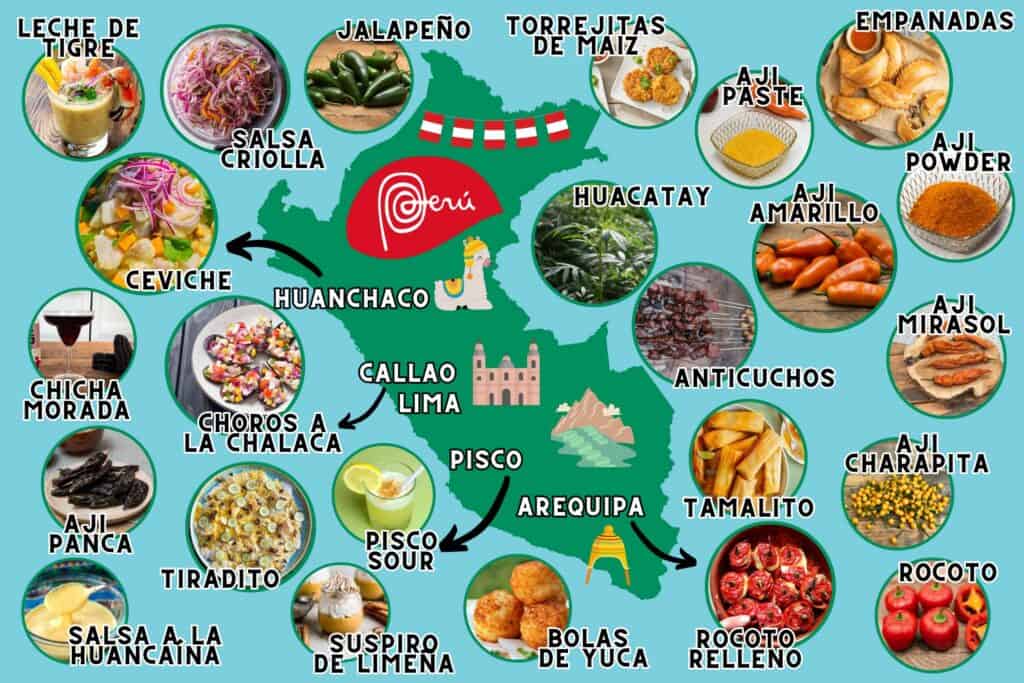
Peru is een land met een rijke cultuur en diverse culinaire tradities die de inheemse, Spaanse en andere immigranteninvloeden weerspiegelt. De Peruaanse keuken is een van de meest innovatieve en smaakvolle ter wereld. En staat bekend als een van de beste culinaire bestemmingen ter wereld.
Het Zuid-Amerikaanse land heeft een enorme ecologische diversiteit. Door de verschillende klimaten groeien er verschillende soorten producten. En ligt de nadruk op verse, lokale ingrediënten. Van verse vis uit de Stille Oceaan tot de groenten en kruiden uit de vruchtbare valleien van het Andesgebergte.
Een van de meest unieke aspecten van de Peruaanse keuken is de fusie van verschillende culinaire tradities. Immigranten uit verschillende delen van de wereld brachten hun eetgewoonten en culturen mee naar Peru. Het resultaat is een keuken met gemengde culturen, veel verschillende ingrediënten en verschillende bereidingswijzen. Elke regio heeft zijn eigen gerechten, gebaseerd op tradities en lokale ingrediënten. Het heeft de kracht om traditionele gerechten om te zetten in een moderne keuken.
Of je nu een fan bent van zeevruchten, vlees, groenten of kruiden, je zult zeker een gerecht vinden dat je smaakpapillen zal prikkelen en je achterlaten met een verlangen naar meer!
Nikkei
Nikkei verwijst naar de fusion keuken die zich in Peru heeft ontwikkeld tussen de Japanse en Peruaanse cultuur. De term “Nikkei” verwijst naar mensen van Japanse afkomst die buiten Japan wonen. In Peru is er een grote gemeenschap van Nikkei mensen die hun Japanse culinaire tradities en ingrediënten, waaronder sojasaus, gember en zeevruchten, meebrachten die zij in hun Peruaanse keuken verwerkten. Na verloop van tijd begonnen de Japanse immigranten hun traditionele gerechten aan te passen aan de lokale Peruaanse ingrediënten, wat zorgde voor de unieke fusion keuken die de twee culturen vermengde.
Een van de bekendste gerechten uit de Nikkei-keuken is tiradito, dat lijkt op ceviche maar met Japanse smaken zoals sojasaus en gember. Een ander populair gerecht is sushi met Peruaanse sauzen gemaakt van bijvoorbeeld aji amarillo pepers.
De Nikkei-keuken is de laatste jaren steeds populairder geworden en heeft zich buiten Peru verspreid naar andere landen, waaronder de Verenigde Staten, Japan en ook Nederland. De fusie van Japanse en Peruaanse smaken heeft geresulteerd in een unieke en heerlijke culinaire traditie die de creativiteit en vindingrijkheid van beide culturen laat zien.
Chifa
Hetzelfde gebeurde met Chinese immigranten en dit leidde tot de Chifa-keuken. Deze combineert Peruaanse ingrediënten met Chinese kooktechnieken. Een van de populairste chifa gerechten is bijvoorbeeld arroz chaufa, dat lijkt op gebakken rijst, maar met Peruaanse ingrediënten zoals ají amarillo pepers en koriander.
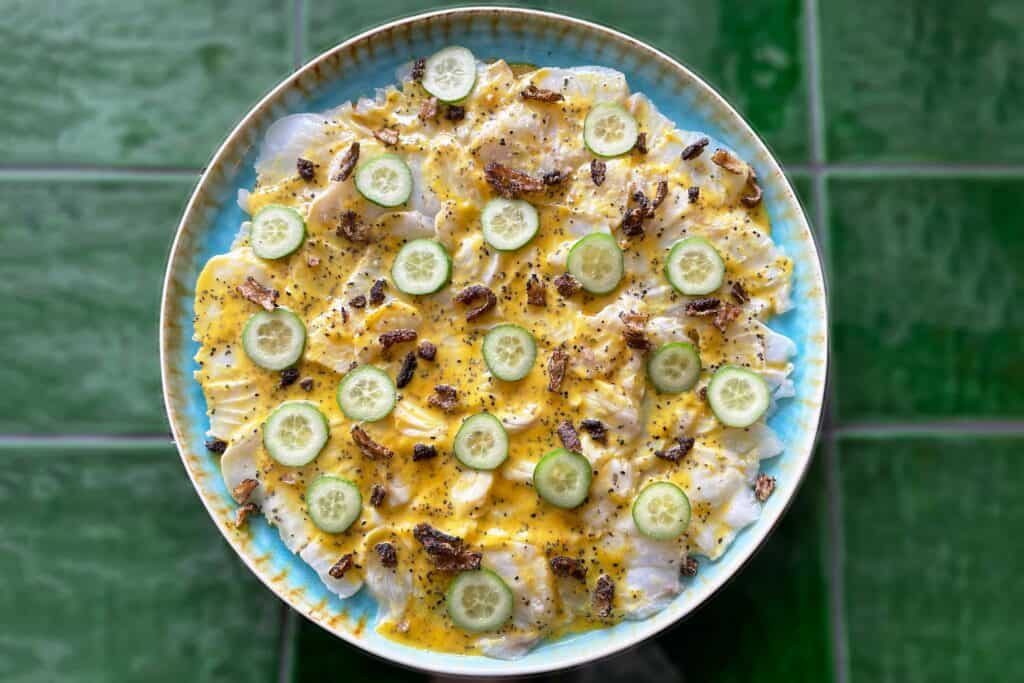
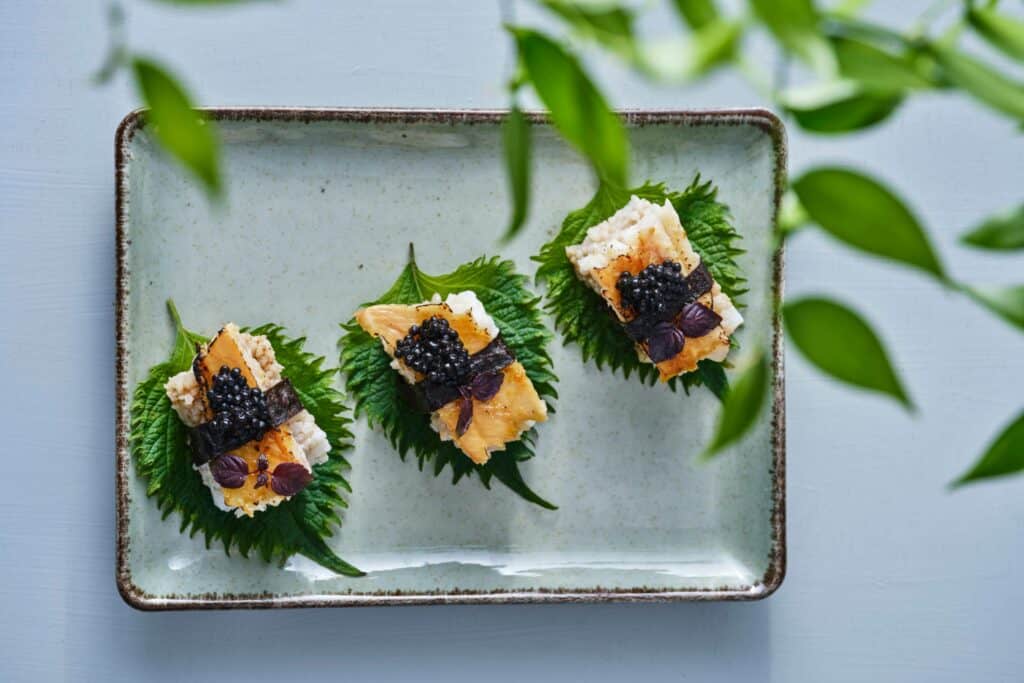
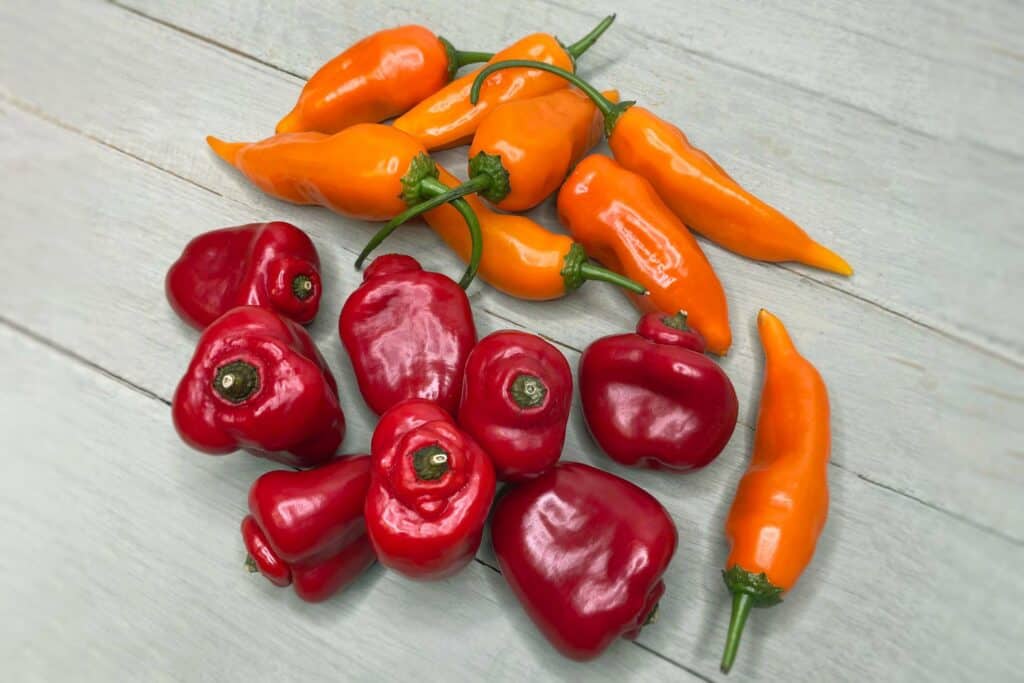
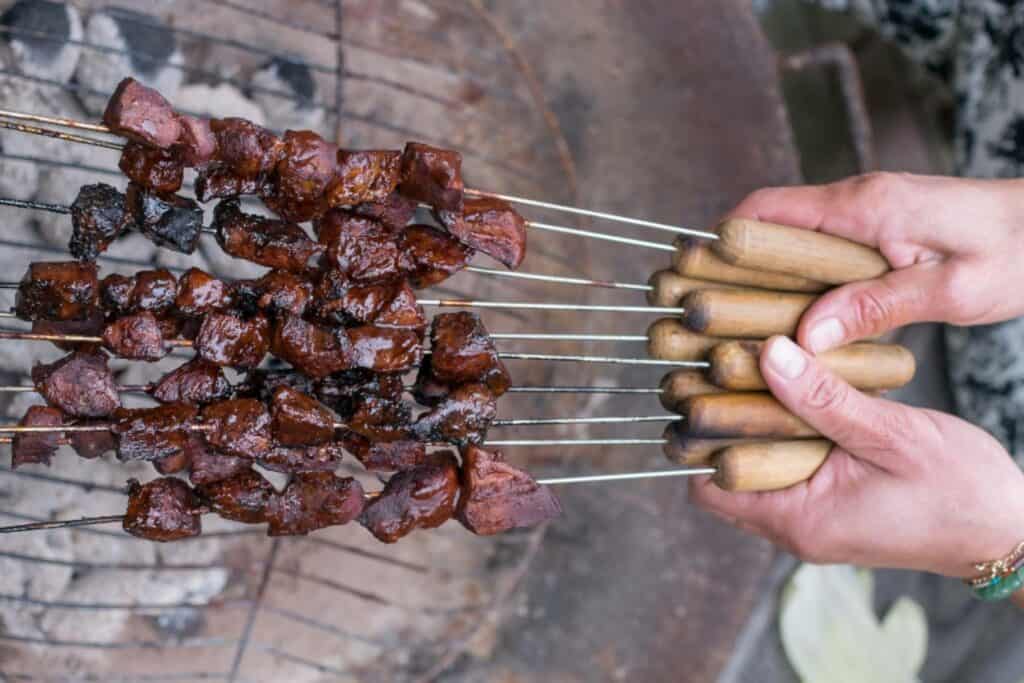
Chilipepers, in Peru bekend als “ají“, zijn een essentieel ingrediënt in de Peruaanse keuken, en geven veel gerechten extra warmte en smaak. De Peruaanse keuken kent een grote verscheidenheid aan chilipepers, van mild en fruitig tot extreem heet en pittig.
Een van de meest gebruikte chilipepers in de Peruaanse keuken is de Aji Amarillo. De Aji Amarillo pepers zijn het eetbare goud van Peru en hebben een pittige, fruitige, kleurrijke en romige smaak. In de Peruaanse keuken is de Aji Amarillo samen met de rode ui en knoflook onderdeel van de ‘heilige drie-eenheid’ en de basis van veel gerechten. De peper is medium heet en staat vooral bekend om zijn heerlijke fruitige aroma’s, wat doet denken aan een perzik. Deze peper wordt vaak gebruikt in ceviche, sauzen en stoofschotels.
Een andere populaire peper is de Rocoto, die vaak wordt gebruikt in pittige gerechten zoals Rocoto relleno, een gevulde peper schotel. En de Aji Limo peper, een kleine, fruitige en pittige peper die in veel gerechten wordt gebruikt, waaronder ceviche en roerbakgerechten.
De Peruaanse keuken kent ook gedroogde pepers zoals de Aji Panca, met een rokerige, fruitige smaak en een milde pittigheid. Deze peper wordt vaak gebruikt in marinades, stoofschotels en sauzen, en is een belangrijk ingrediënt in gerechten als anticuchos, gegrilde runderhartspiesjes.
Een andere populaire gedroogde chilipeper is de Aji Mirasol, de gedroogde versie van de Aji Amarillo. De Aji Mirasol is medium heet en staat vooral bekend om zijn heerlijke fruitige aroma’s, wat doet denken aan een perzik. Hierdoor is de peper lekker in ceviche, salsa verde of sauzen.
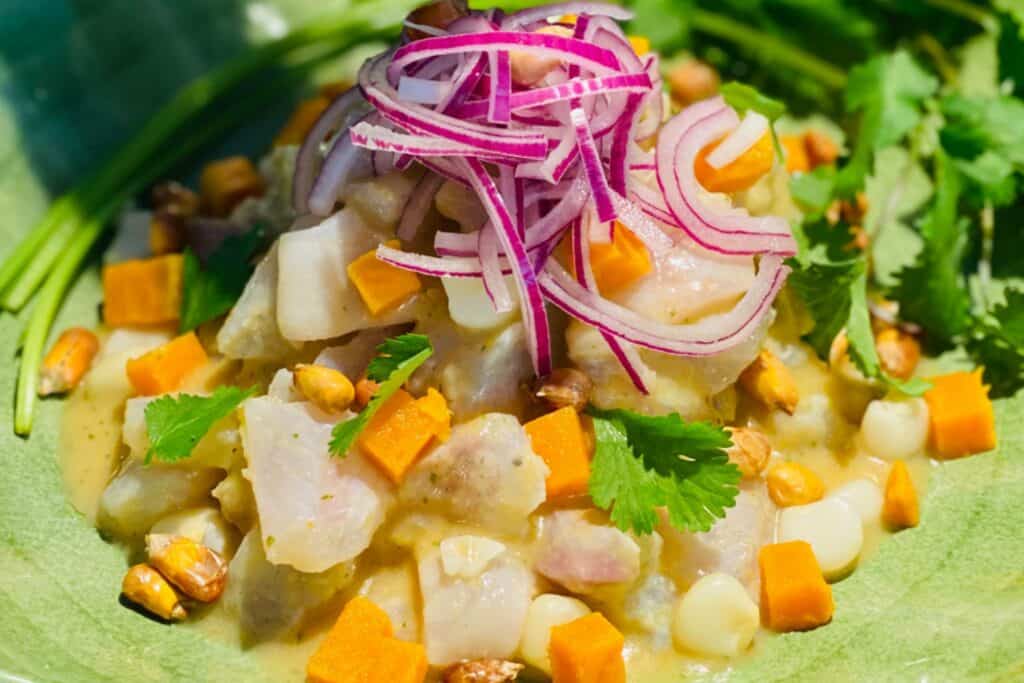
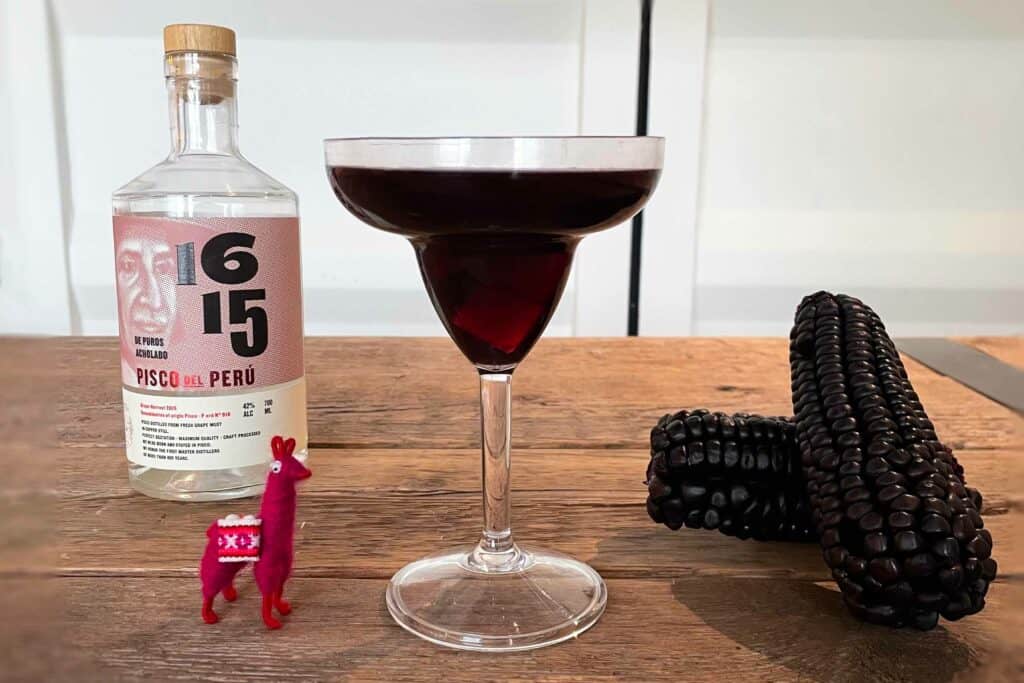
Een van de populairste Peruaanse dranken is chicha morada, een paars-zwarte drank die eruit ziet als bloed. Het wordt gemaakt van gekookte paarse mais, maíz Morado, en is doordrenkt met ananas- en sinaasappelschillen, kaneel en kruidnagel. Vaak wordt er nog suiker en limoensap toegevoegd. De alcoholvrije drank heeft een zoete, licht wrange smaak, en wordt vaak geserveerd bij de maaltijd of als verfrissend drankje op warme dagen.
Peru staat ook bekend om zijn heerlijke cocktails, zoals de Pisco Sour. Pisco is de nationale drank van Peru en wordt gemaakt van druiven die in de kustgebieden worden geteeld en gedistilleerd tot een heldere, kleurloze drank met een hoog alcoholgehalte. Pisco heeft een sterke, uitgesproken smaak en wordt vaak puur gedronken of gebruikt als basis voor cocktails. Voor de Pisco Sour cocktail meng je de Pisco met limoensap, suiker, eiwit en een bittertje. Het is een verfrissend en pittig drankje dat perfect is voor een avondje uit of als aperitief voor de maaltijd.
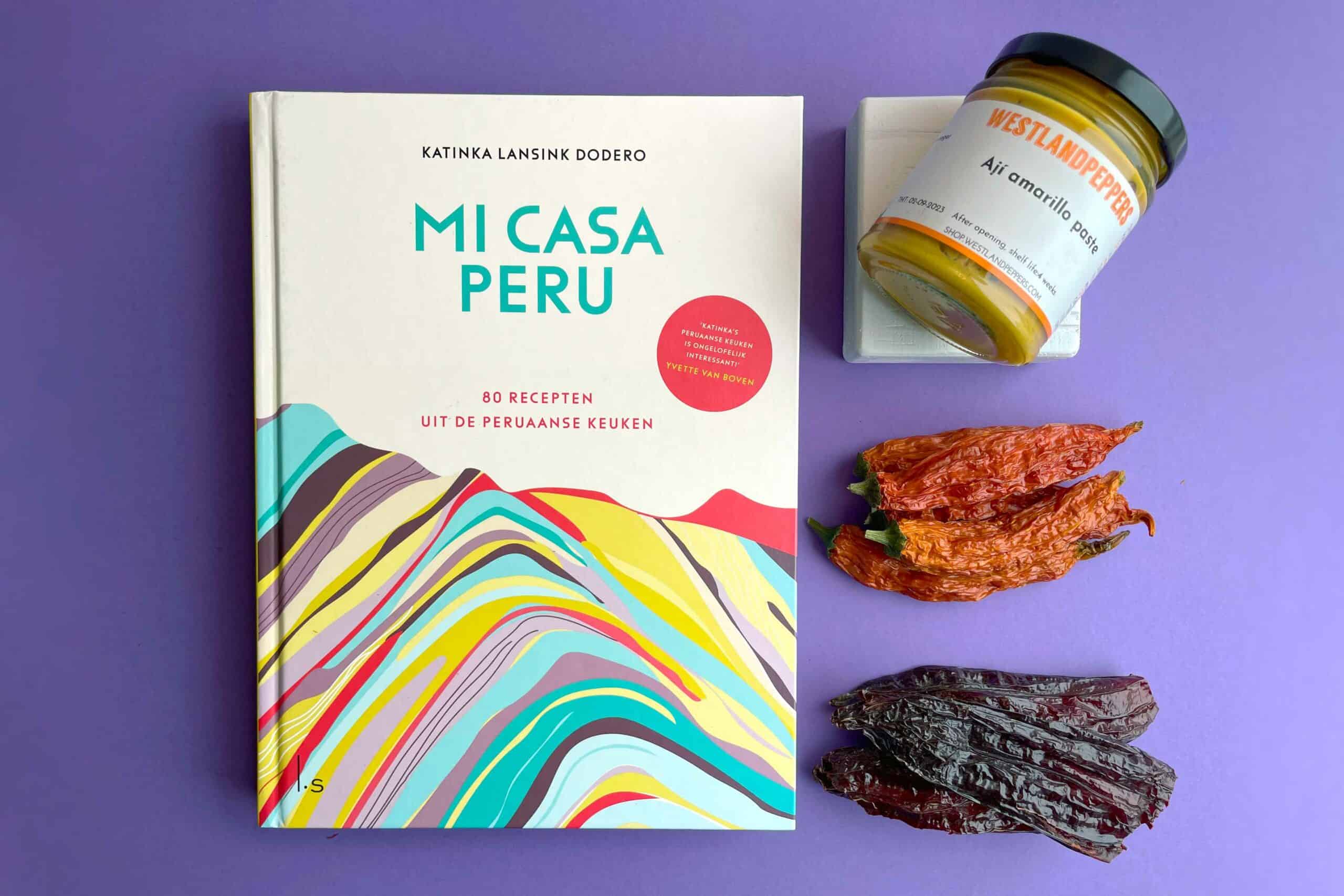

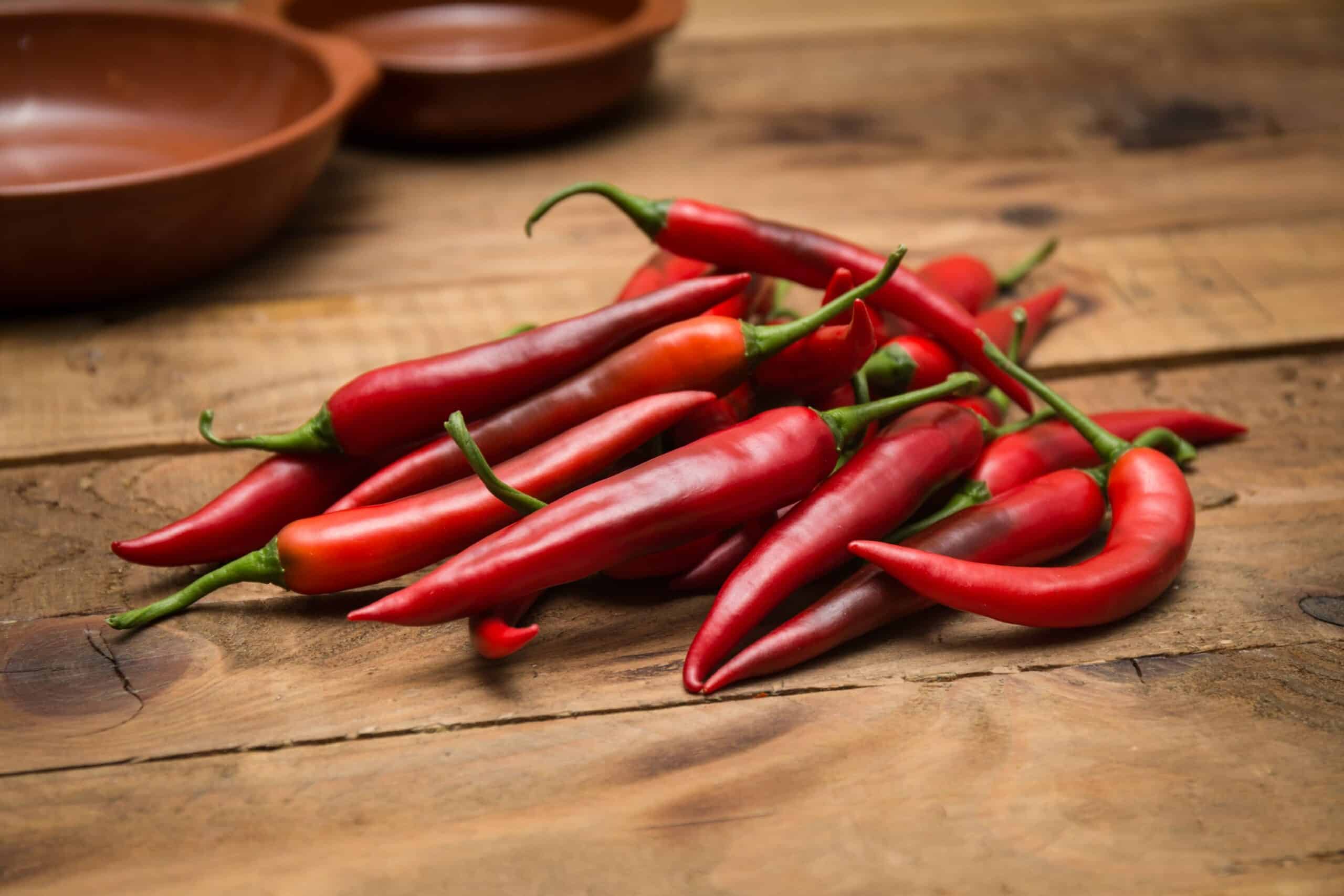
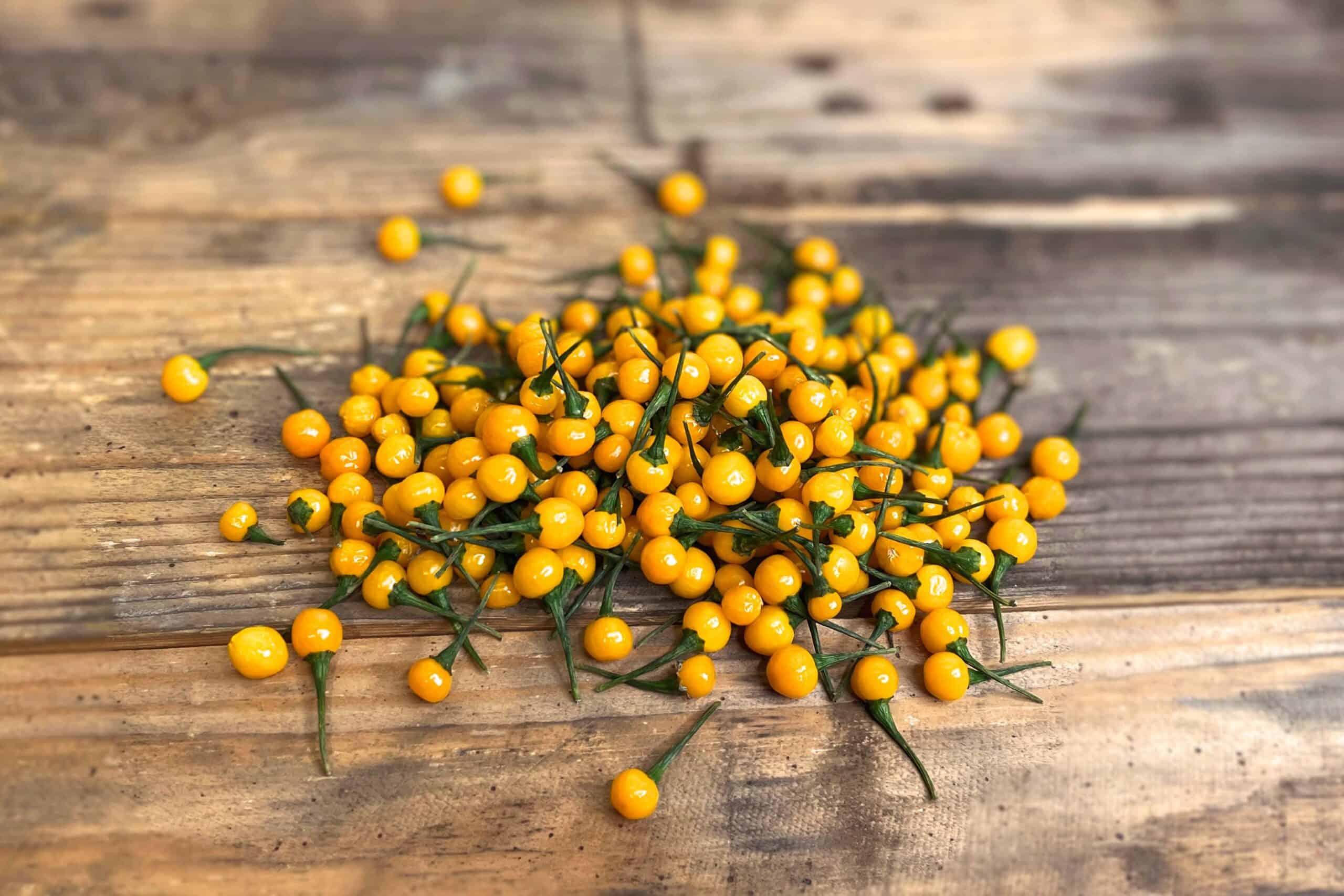
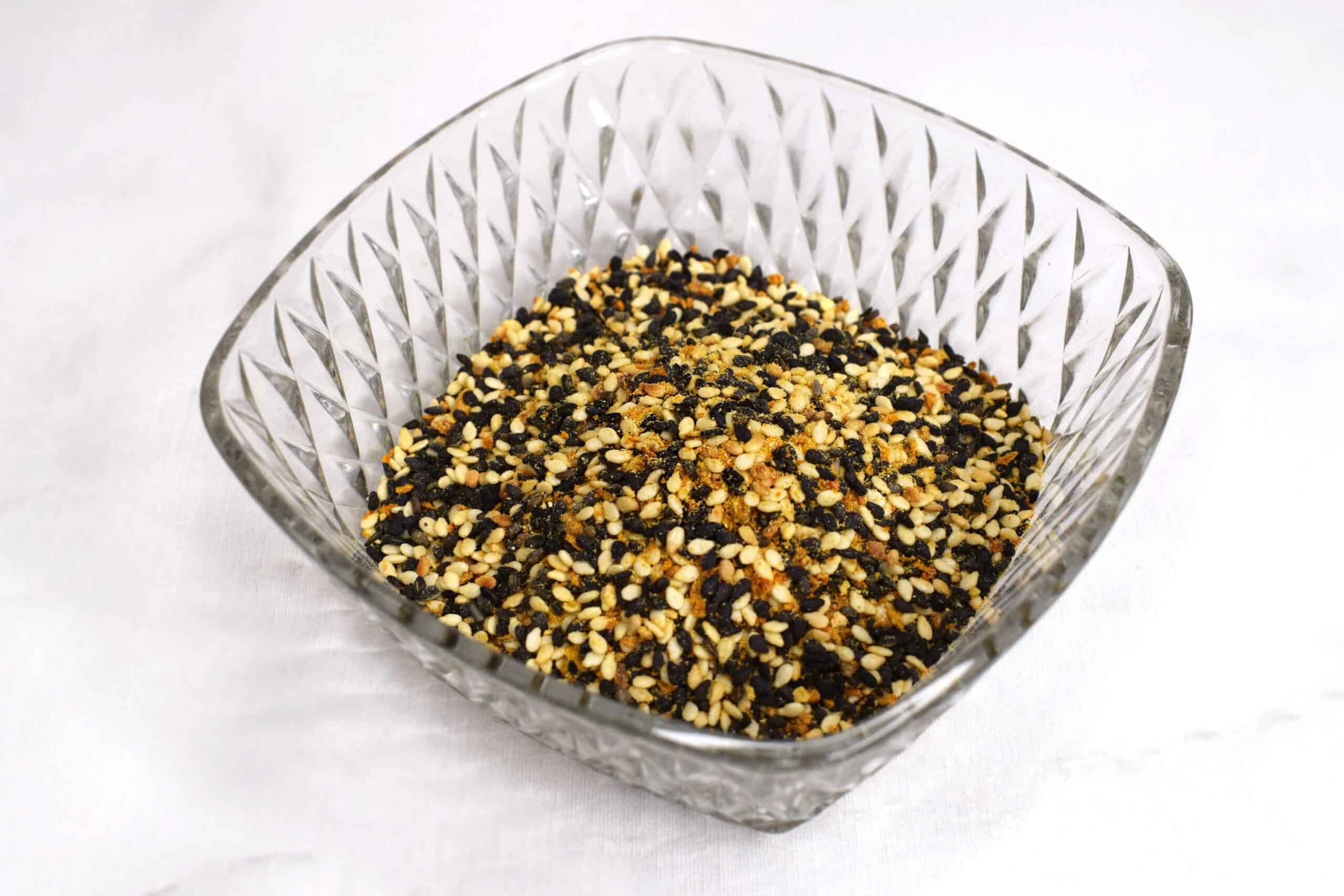
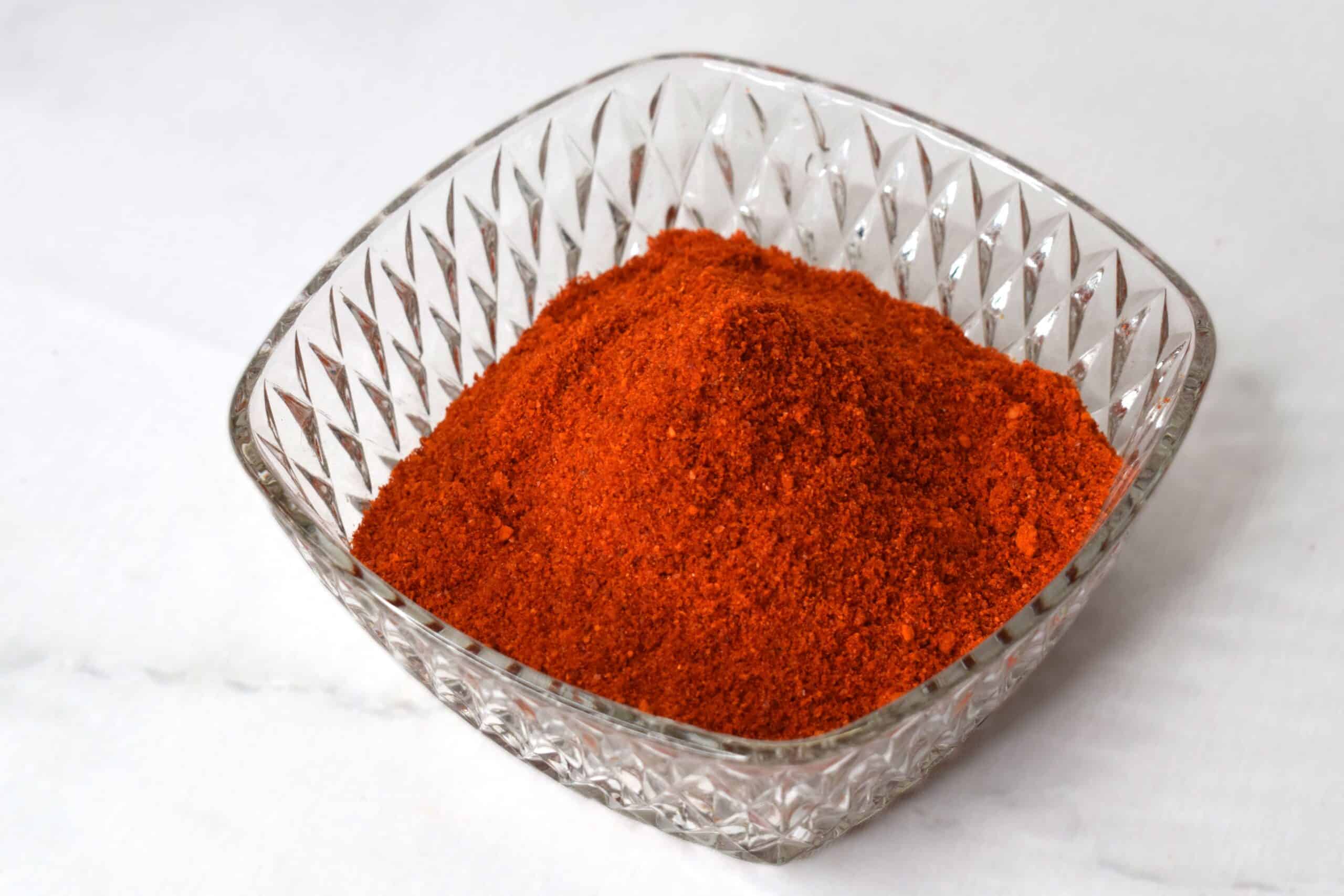
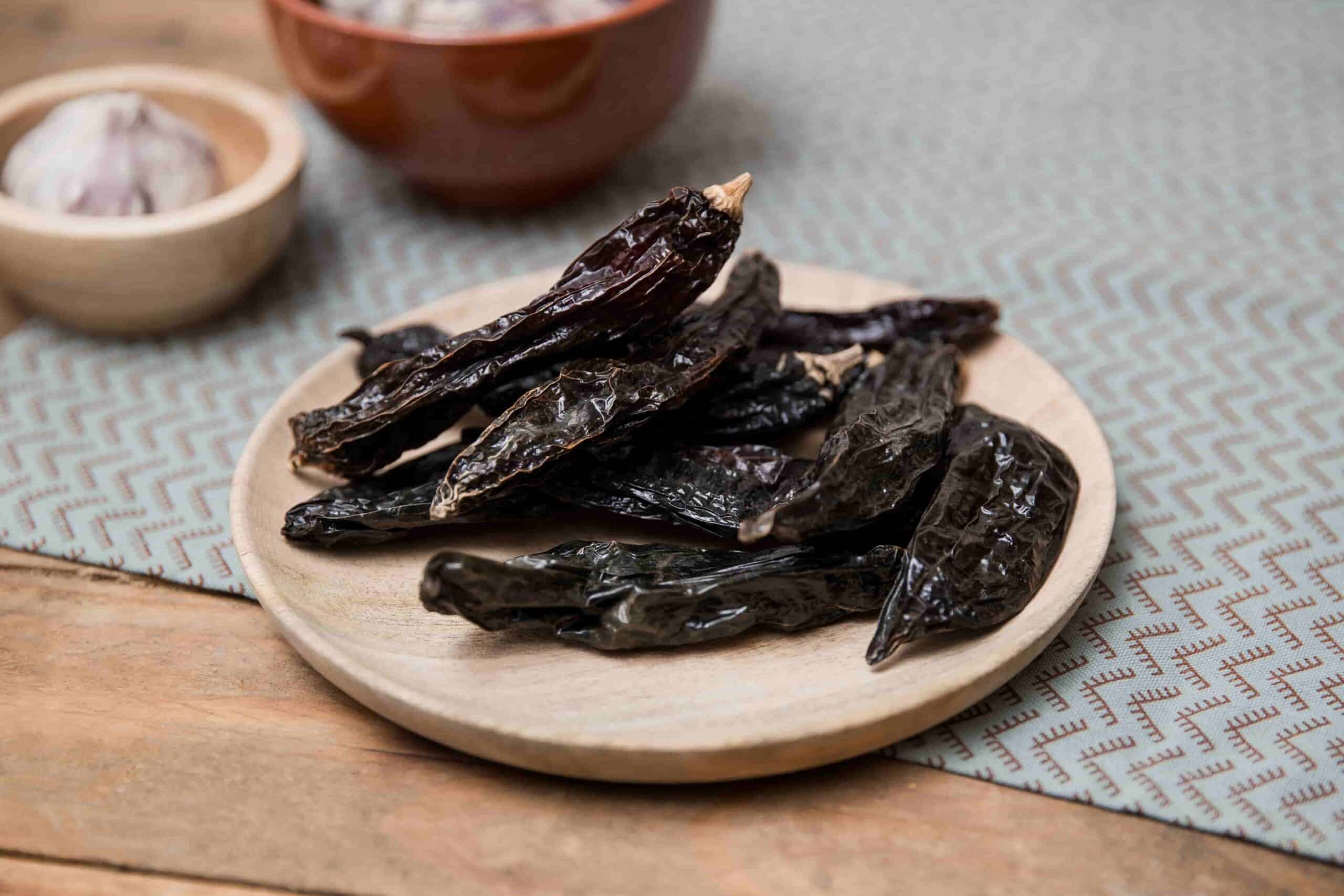

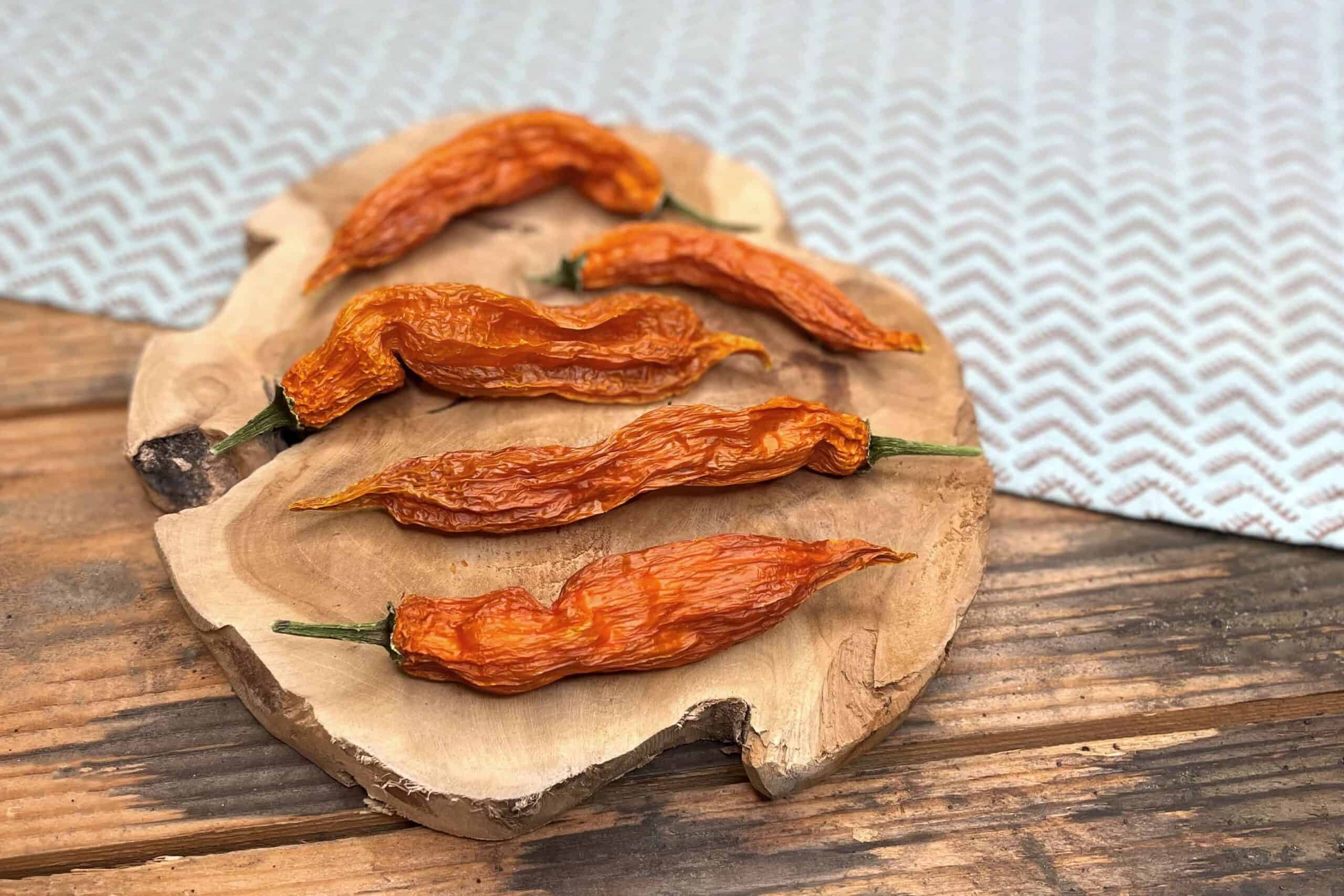

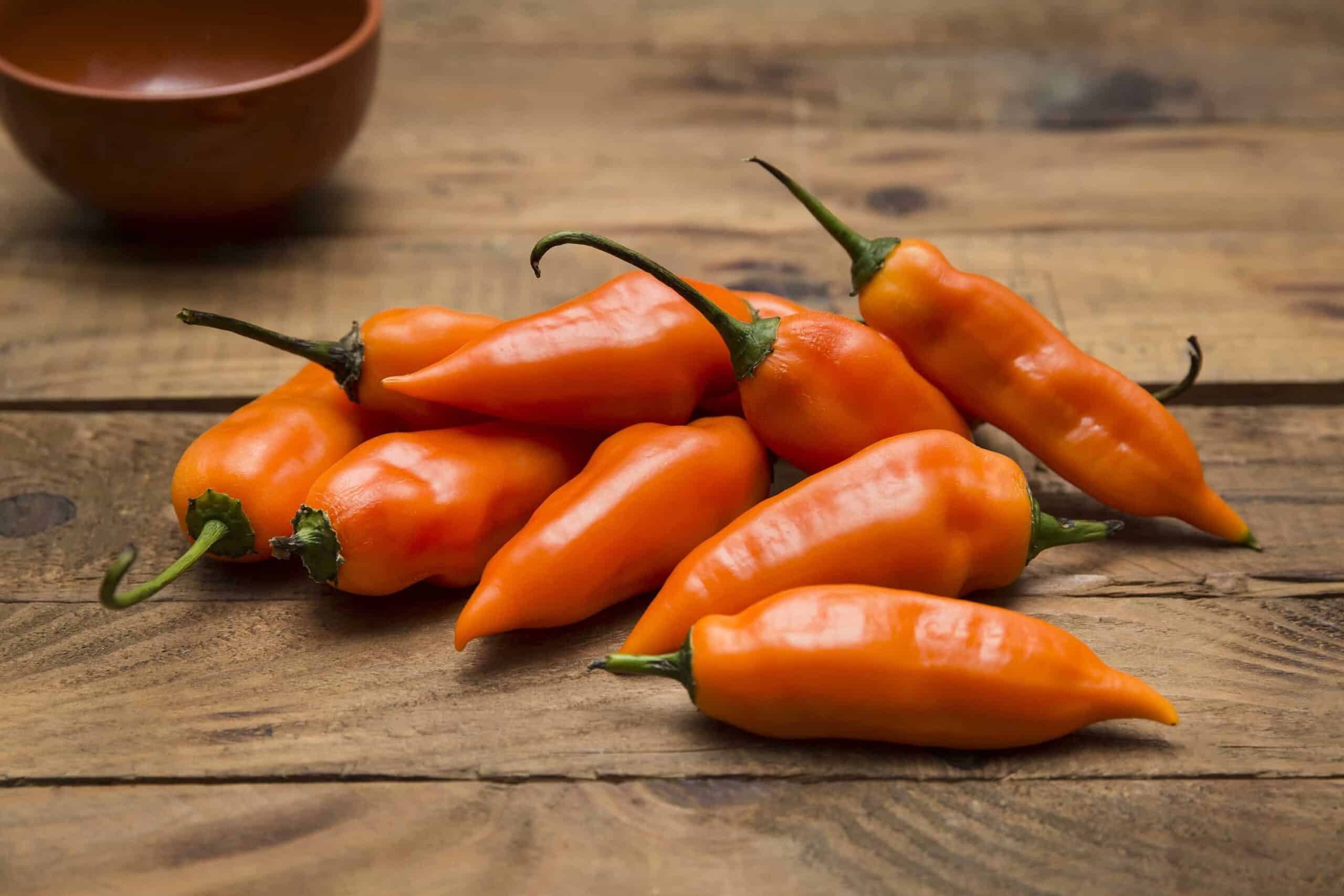
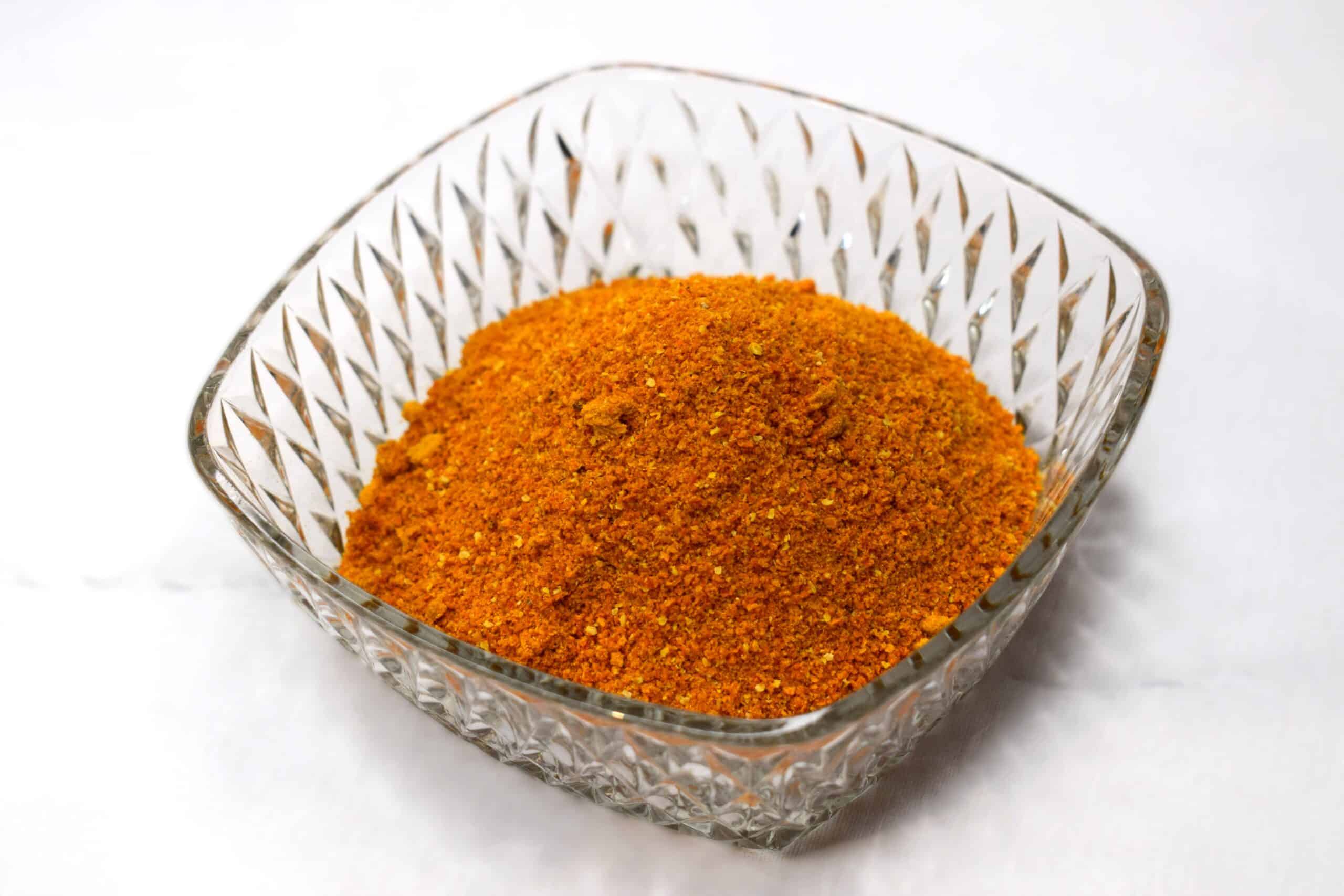
Katinka, van cevicheceviche, weet echt alles over de Peruaanse keuken en kreeg deze liefde mee van haar ouders en ze heeft van deze magische keuken haar thuis gemaakt. Met haar merk cevicheceviche zet ze de Peruaanse keuken in Nederland op de kaart. Katinka is culinair adviseur, geeft kookworkshops, ontwikkelt Peruaanse recepten voor restaurants. En inmiddels heeft ze ook twee kookboeken geschreven, Mi Casa Peru, over de Peruaanse keuken & Cocina Nikkei, over de Peruaans-Japanse fusionkeuken. Voor meer informatie en een heleboel recepten, bestel je haar kookboeken!
| Maandag | van 8:00 tot 17:00 |
|---|---|
| Dinsdag | van 8:00 tot 17:00 |
| Woensdag | van 8:00 tot 17:00 |
| Donderdag | van 8:00 tot 17:00 |
| Vrijdag | van 8:00 tot 17:00 |
| Zaterdag | van 8:00 tot 12:00 |
| Zondag | Gesloten |
Burg. Crezeelaan 44A
2678 KZ De Lier
© Westlandpeppers | Webshop door Buro Staal
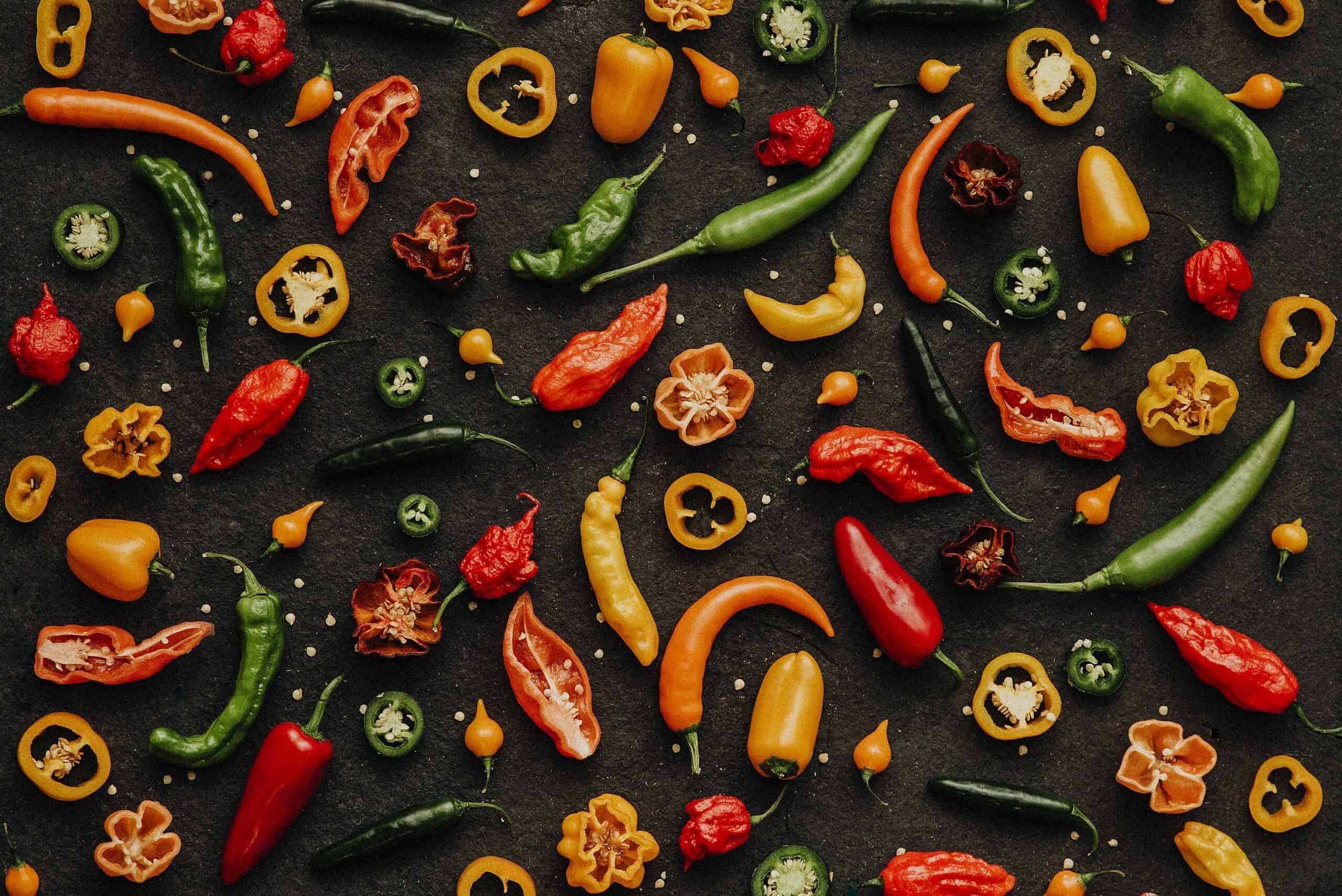
Maandag 5 mei (Bevrijdingsdag) is de webshop gesloten. Bestellingen geplaatst na vrijdagochtend 10:00 uur worden dinsdag 6 mei verwerkt. Bedankt voor je begrip!